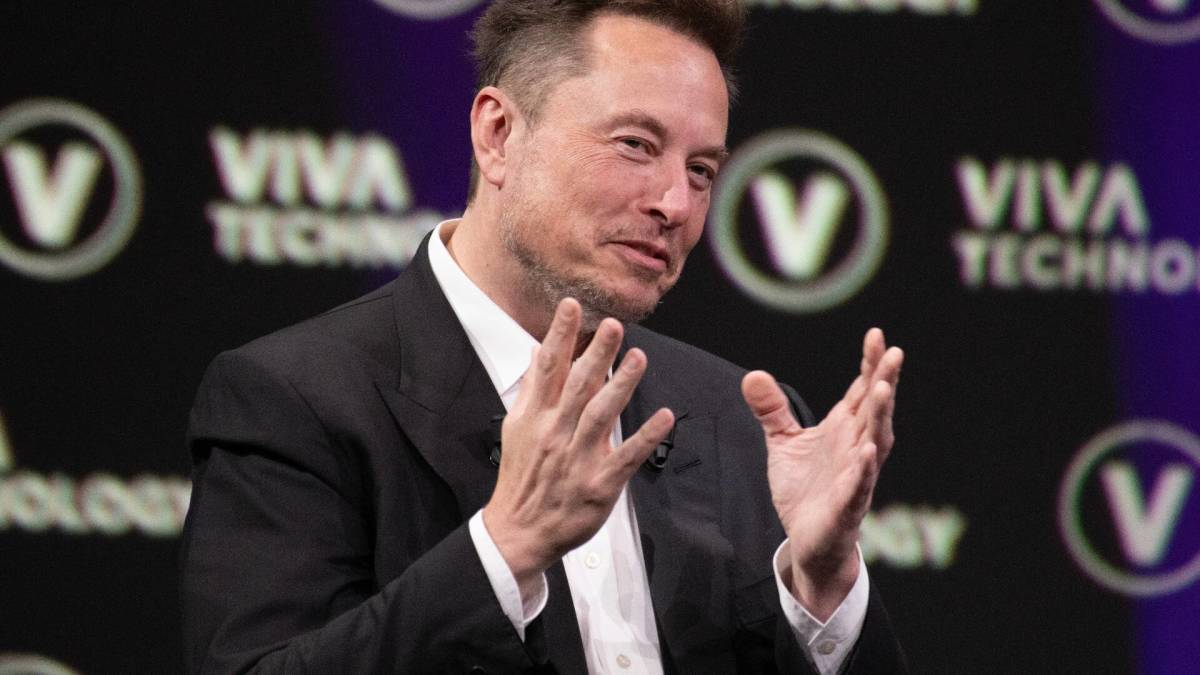
Few stocks boast as many ardent bulls and bears as Tesla.
Its electric vehicles consistently get picked as best-in-class or panned for poor quality, and fans and foes of mercurial Chief Executive Elon Musk constantly argue the pros and cons of his leadership.
Tesla's share price reflects this ongoing tug-of-war, making it one of the S&P 500's most volatile stocks.
For example, Tesla's share price tumbled during the 2022 bear market and more than doubled to its 2023 highs. Since then the shares have been clobbered, dropping 44%. In 2024, the shares have lost about a third of their value.
The selloff in Tesla's shares surprised many who were optimistic that EV-sales growth would accelerate because of new factories and the launch of its anticipated Cybertruck pickup.
However, the decline didn't catch TheStreet Pro's Bruce Kamich off guard. In January he correctly forecasted this year's decline, and in February he reiterated his downbeat outlook, saying, "Avoid the long side of [Tesla]" because it was "poised for further declines."
Sure enough, that bearishness has proved prescient, particularly following the disappointing full-year guidance in February and disconcerting first-quarter-delivery numbers on April 2.
The share-price decline prompted Kamich to update his outlook, including a new price target. Given his recent track record, investors ought to pay attention.

Tesla profits from widespread EV adoption
Tesla's Elon Musk is arguably the single most important factor in the electric-vehicle industry's success.
Rather than focusing on the environmental benefits of displacing gas-guzzling internal combustion engine cars and trucks with EVs, he concentrated on performance and luxury.
Related: Analysts overhaul Tesla stock price targets after deliveries disappoint
The result was a lineup of EVs with breakneck 0-to-60 times and eyepopping top speeds, vehicles that can outperform rivals from Porsche, Mercedes-Benz, and BMW.
The Model S Plaid can reach 60 miles per hour in under two seconds, and variants of its highly popular Model Y, a midsize crossover SUV, and Model 3, a lower-cost sedan with high-performance roots, can reach that speed in under four seconds.
Musk's performance-oriented mindset was a big departure from past EV and hybrid gasoline/electric efforts, including General Motors' EV1 or Toyota's Prius, which focused on fuel economy.
Tesla has undeniably profited from its approach, given that sales and earnings have soared over the past five years. In 2018, revenue totaled $21.5 billion and the company lost 38 cents a share. In 2023, revenue was more than quadruple that figure at $96.8 billion, and Tesla earned $4.30 a share on a GAAP-earnings basis.
Unsurprisingly, that rapid growth didn't go unnoticed on Wall Street. The company's share price is up 657% since 2018.
Tesla faces stiffening EV-demand headwinds
Investors who bought early and sat through all the pops and drops have been nicely rewarded, but the story isn't quite as rosy for those who bought shares more recently.
Since last summer the weakness in Tesla's share price means many investors who added shares to their portfolios since 2021 are likely underwater.
Related: Analysts see big strategy shift from Elon Musk after Tesla delivery debacle
Tesla's lackluster performance stems largely from becoming a victim of its own success. After seeing its sales, profits, and share price surge, competitors like Ford, General Motors, Mercedes-Benz and Hyundai have launched their own EVs, eating away at Tesla's market share.
In Q4, total U.S. EV sales jumped 40% to 317,168 vehicles; Tesla accounted for half of them. That's pretty good, but it's down from a 62% share in Q1 2023, according to Cox Automotive.
The market-share decline — coupled with demand headwinds resulting from higher vehicle loan rates driven by Fed interest-rate hikes and tightening consumer budgets because of inflation — has created a stiff headwind against the company's growth.
In Q4 Tesla's revenue inched up 3% year-over-year and its earnings per share dropped 40%.
And the situation doesn't appear to be getting any easier for Musk. On April 2 Tesla reported first-quarter deliveries totaled 386,810, down 8.5% from a year earlier and 20% from Q4 2023. Analysts, who had already lowered their outlooks, had expected 455,000 deliveries, according to LSEG data.
Tesla's price charts reveal new price target
Bruce Kamich is a technical analyst who has used price and volume charts for insight into stocks and markets for more than 50 years. His technical analysis enabled him to accurately predict that Tesla stock would climb to $300 before declining to $193 and to warn of downside risk in January and February.
On April 2 Kamich reevaluated Tesla's daily and weekly charts for updated insight into what could happen to Tesla's stock next. Using daily and weekly point-and-figure charts, he also calculated new price targets. If you're a Tesla fan, you'll likely be disappointed with his new outlook.
More Tesla:
- Analysts update Tesla stock outlook after yet another EV price change
- Cathie Wood buys $35 million of beaten-down tech stock
- Analyst reveals new Tesla price target, Mag 7 risk as shares extend slump
"Share prices have tumbled since July. TSLA trades below the declining 50-day moving average line and below the negatively sloped 200-day moving average line," said Kamich.
"The daily volume histogram has been weakening since June. The On-Balance-Volume (OBV) line has struggled since July. The Moving Average Convergence Divergence (MACD) oscillator has spent most of its time below the zero line since August."
On-balance volume is essentially a running total of up minus down volume, while MACD measures momentum.
Kamich would want to see improving buy-to-sell day volume and positive MACD momentum to have the conviction that the path of least resistance for a stock is higher.
The point-and-figure chart calculations aren't encouraging, either. In February, the daily P&F chart revealed a target of $150. But now that target has ratcheted lower, to $143. The weekly P&F chart target is worse, suggesting downside to $117. Ouch.
Of course, P&F charts aren't guaranteed (nothing is), and they don't provide insight into when a stock might achieve a target, so they should be viewed as only one puzzle piece.
Nevertheless, the targets alongside Kamich's evaluation of the price and volume charts aren't very bullish, suggesting the risk-reward balance, at least short term, isn't very favorable.
"Tesla used to be considered a buy-and-hold stock, but now the tables are turned and it looks like a 'sell on any bounce' stock. Avoid the long side of TSLA as further declines are anticipated," concludes Kamich.
Related: Veteran fund manager picks favorite stocks for 2024







